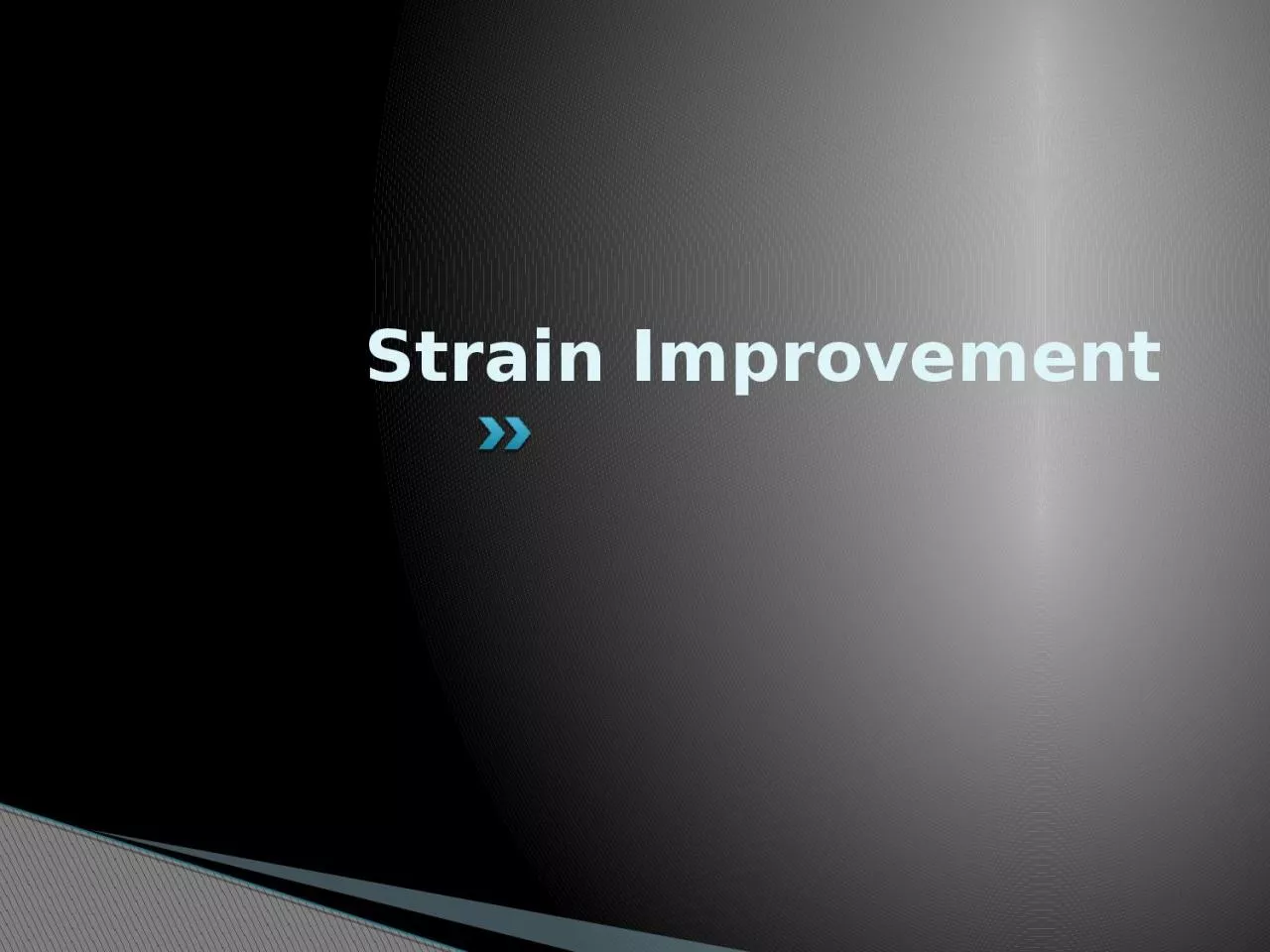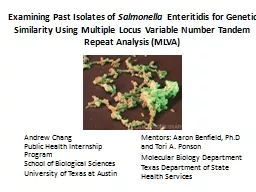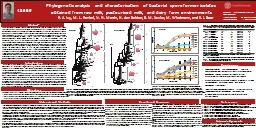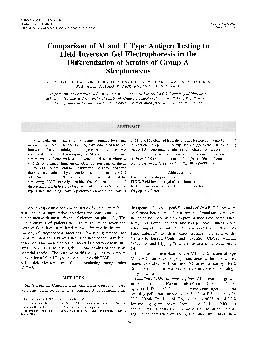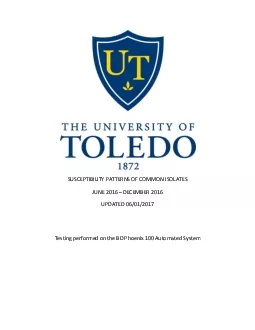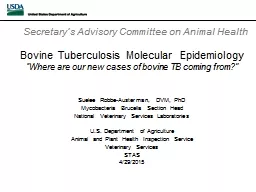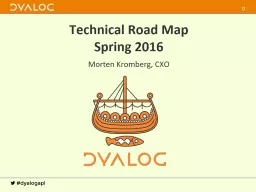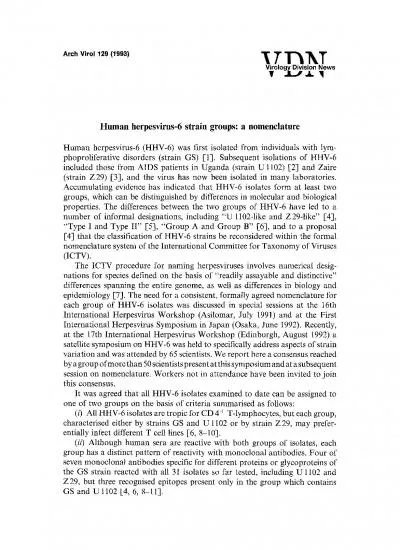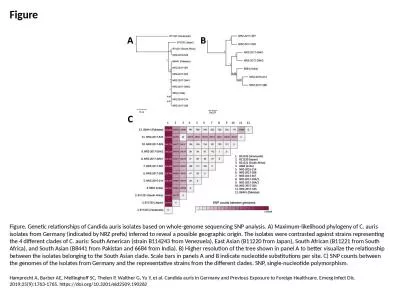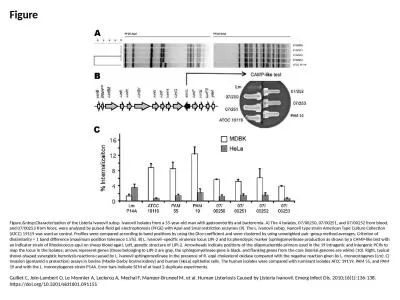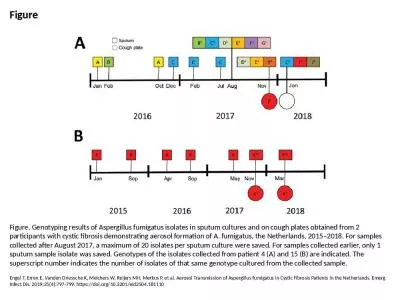PPT-Strain Improvement Natural isolates usually produce commercially important products in
Author : priscilla | Published Date : 2024-02-09
In nature metabolism is carefully controlled to avoid wasteful expenditure of energy and the accumulation of intermediates and enzymes needed for their biosynthesis
Presentation Embed Code
Download Presentation
Download Presentation The PPT/PDF document "Strain Improvement Natural isolates usua..." is the property of its rightful owner. Permission is granted to download and print the materials on this website for personal, non-commercial use only, and to display it on your personal computer provided you do not modify the materials and that you retain all copyright notices contained in the materials. By downloading content from our website, you accept the terms of this agreement.
Strain Improvement Natural isolates usually produce commercially important products in: Transcript
Download Rules Of Document
"Strain Improvement Natural isolates usually produce commercially important products in"The content belongs to its owner. You may download and print it for personal use, without modification, and keep all copyright notices. By downloading, you agree to these terms.
Related Documents

